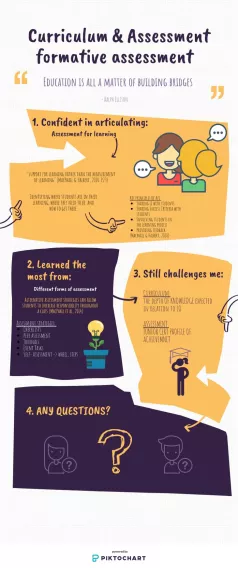Guest Contribution by Dylan Scanlon.
Reading time: ~3 minutes.
Featured image source: Photo by Julia M Cameron on Pexels.
About the contributor
This week's #QuickTipsforTeachingOnline post is a guest contribution by Dylan Scanlon, Postgraduate Researcher in the Department of Physical Education and Sport Sciences at UL. His current research interests include curriculum development and assessment in physical education. You can contact Dylan via email (dylan.scanlon@ul.ie) or on Twitter @Dylan_Scanlon1.
___
Dr. Deborah Tannehill (PESS) once said to me:
Teaching is all about relationships. I believe it is at the essence of what we do. Being valued and then nurtured is so important for each of us and as teachers, it has to be the starting point of our work.
Deborah’s words resonated with me throughout this move to teaching on an online platform. I believe ‘relationships’ are the key to meaningful engagement in teaching and learning but how do we capitalise on relationships online where students can feel so isolated and disconnected from one another? I am suggesting the answer to this question is by teaching through student-centred approaches. So what does this look like online? I attempt to answer this by providing examples to Riggs’ (2020) three questions in taking a student-centred approach to online teaching and learning.
1. How will my students interact with the course content?
A ‘flipped classroom’ allows the teacher to provide learning activities for students to complete in their own time, at their own pace, out of the (online) classroom (O'Flaherty & Phillips, 2015). A flipped classroom also encourages student ownership and responsibility over their own learning, and can enhance relationships between the learner and peers, and learner and teacher. I provide an example here of how to use a flipped classroom in a student-centred manner:
- You can provide your students with a reading, a video to watch, and / or a recorded lecture.
- From this learning activity, students are asked to document three key messages and one muddy point (a point which they are confused or unsure of).
- Students are asked to construct an infographic on Piktochart to highlight these key messages and muddy point (please see Figure 1 for an example of a student’s Piktochart based off a number of readings and lectures).
This piece of work can be used in the next two questions to encourage student-centred activities.
Further resources on the ‘flipped classroom’ are available in the Maximising student engagement and communication section of this site, beneath the ‘Pedagogical practice’ dropdown menu.

2. How will my students interact with other students?
In an online / blended learning context, the importance of creating a learning environment needs to be emphasised so that the students can feel part of a learning community while being on their own, learning remotely. By facilitating a learning community, an emphasis needs to be on peer interaction to encourage peer learning. Returning to the constructed infographic (Figure 1), this assignment, although constructed individually, can act as a learning activity to encourage peer interaction, peer learning, and peer assessment. Students can present their infographics to each other in groups for three minutes each in break-out rooms on Big Blue Button or Zoom, whichever you/they are comfortable with. Students in the virtual audience are chosen to give feedback to the presenter in the form of a ‘glow’ (positive comment) and ‘grow’ (constructive comment). This teaching example facilitates and encourages peer interaction, peer learning, and peer assessment by putting the student at the centre of the learning experience and allowing them to take ownership of the learning process.
3. How will my students interact with me, their teacher?
Returning to the constructed infographic, throughout these 3-minute presentations, the teacher takes notes of the common muddy points - this way, the teacher is assessing the students’ knowledge. In the next class, the teacher addresses these points and fills in the knowledge gaps. If wanted or needed, a formal grade can be applied to these infographics so it acts as a formative assessment in a summative manner. In all these examples, the teacher adopts a facilitator role and collaborates with the students in co-designing the learning experience in an online learning community. As Robertson & Barber (2017) put it,
When students are encouraged to work in groups, they create learning communities. Through these strong networks, students share what they know with each other and support each other in learning.
This approach can construct and develop relationships, and foster meaningful engagement in teaching and learning.
Thanks for reading.
References:
O'Flaherty, J., & Phillips, C. (2015). The use of flipped classrooms in higher education: A scoping review. Internet and Higher Education, 25, 85-95.
Riggs, S. (2020, April 15). Student-Centred Remote Teaching: Lessons Learned from Online Education. Retrieved from Educause Review: https://er.educause.edu/blogs/2020/4/student-centered-remote-teaching-lessons-learned-from-online-education
Robertson, L., & Barber, W. (2017). New directions in assessment and evaluation: Authentic assessment in fully online learning communities. Education Research, 11(3), 249-262.